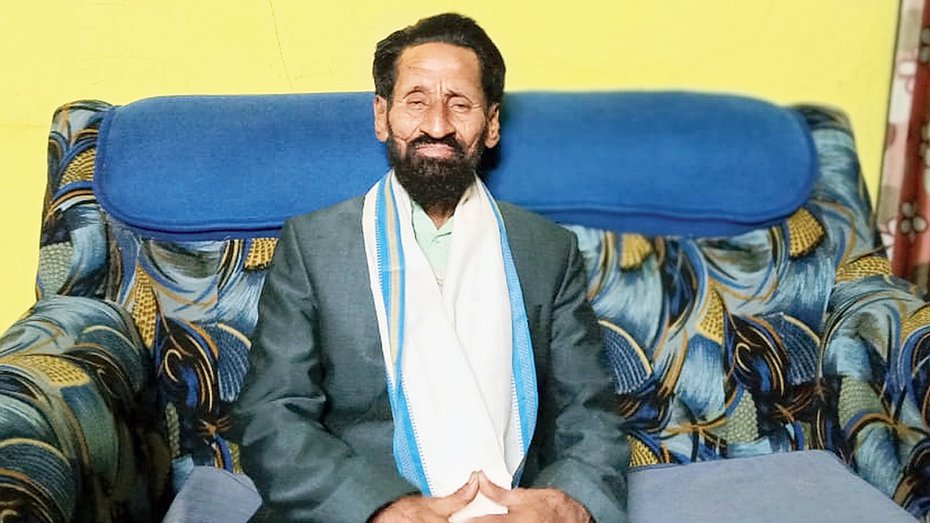Farrukhabad, UTTAR PRADESH / NEW DELHI:
The anecdotes about chieftains and their chelas, the ode to Farrukhabad, and the art of expressing time through chronograms make Tarikh-i-Farrukhabad a compelling read.

Mufti Syed Waliullah Farrukhabadi’s Tarikh-i-Farrukhabad is written in Persian, a language I do not know.
But I made up my mind to read it when I found it being referenced in historical accounts of the decline of the Mughal dynasty – and in some detail in British historian William Irvine’s account of The Bangash Nawabs of Farrukhabad.
As a civil servant in India, Irvine learnt to read Persian, and started collecting manuscripts – including Waliullah’s (1751-1833). With some difficulty I traced Waliullah’s manuscript, written in 1829, measuring 10 inches by six inches, with exquisite gold inscriptions. Acquiring a digital copy of the manuscript was another task and then engaging a Persian instructor to help me wade through significant chunks.
Waliullah writes that after Delhi was invaded by the Marathas around 1757, many of the nobles from the former Mughal capital sought shelter in Farrukhabad, named after Farrukhsiyar, the tenth Mughal emperor. It was Nawab Mohammad Khan Bangash who founded the city in 1714. It was also home to a lot of holy men and referred to as “Faquirabad” (the land of ascetics). With the setting up of a mint in 1803, it became an important centre of commerce and was known for its superior quality of silver and gold coins.
The title of the book is a little misleading as Waliullah’s work doesn’t quite fit into the genre of microhistory. Though his focus is on Farrukhabad, the scope of his work is not restricted to the town or the tiny settlements around it, its chieftains and their chelas (followers), but covers the decline of the Mughal empire and the rise of British imperialism as well.
The little anecdotes about the chieftains and their chelas, the shair-o-shairi, such as an ode to Farrukhabad, the town Waliullah moved to from Sandi as a nine-year-old, and the art of expressing time through trsim waqt or chronograms (a sentence in which letters interpreted as numerals stand for a specific date) make for a compelling read.

Waliullah informs that the tomb of poetess Gunna Begum (wife of a vizier in the Mughal empire and daughter of a famous Iranian poet) bears a trsim waqt which translates as “Alas! Gunna Begum”. Other chronograms mention date of births or deaths such as “Hai, Hai, Hatim Tai séni na mand”, which is interpreted as 1771. Incidentally, Waliullah’s own date of death was derived from a chronogram – “Ganj-z-ma’ni ba-raft zer zamin” – inscribed by his contemporary Bahadur Ali Syed.
Other fascinating details include the inventions of the qutub-nama (magnetic compass), doorbeen (binoculars), and the types of weapons the British possessed to conquer new lands.
Local histories of little-known provinces and sketches of its people are fascinating but hard to come by – no surprise then that I devoured the very pages Irvine critiqued as “biographies of obscure Muhammadan worthies who lived in, or had visited Farrukhabad”.
Lamat R Hasan is an independent journalist. She lives in New Delhi.
source: http://www.hindustantimes.com / Hindustan Times / Home> News> Books / by Lamat R Hasan / December 22nd, 2023









